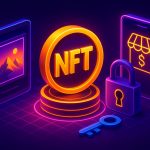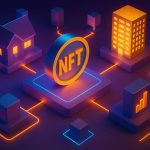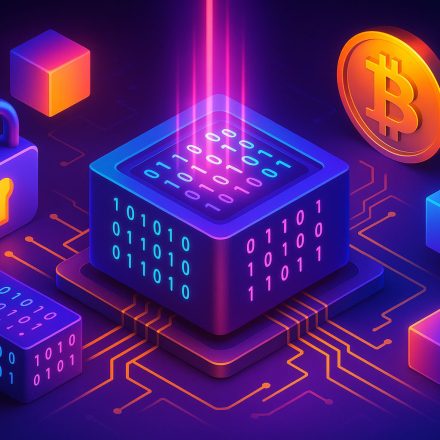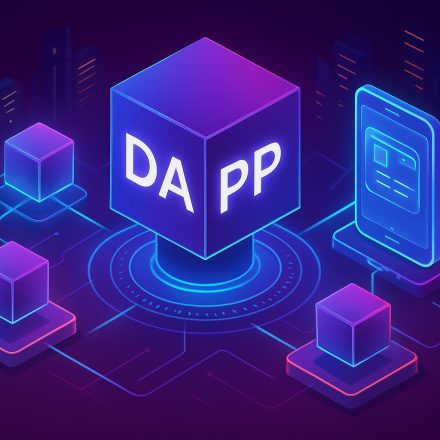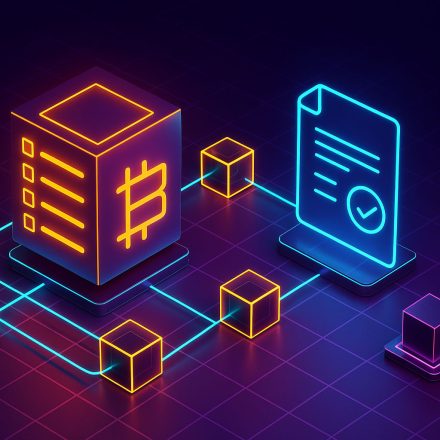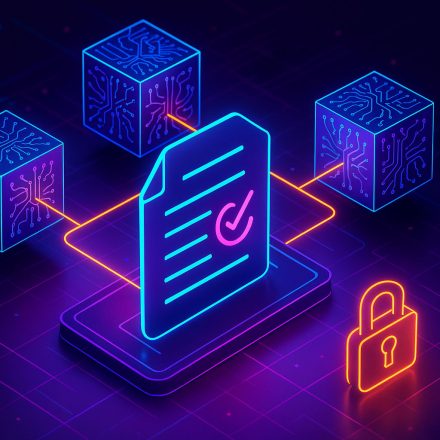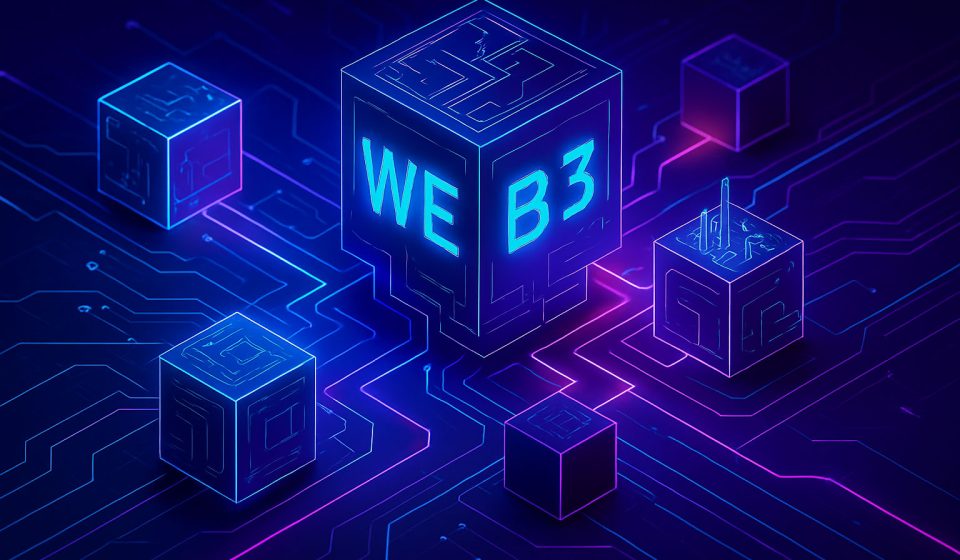
🌐 What Is Web3? A Beginner’s Guide to the Decentralized Internet
What is Web3 and why is it considered the future of the internet? If you’ve heard the term buzzing around crypto, NFTs, or blockchain spaces but aren’t quite sure what it means, you’re not alone.
Table Of Content
Web3 represents a shift in how the internet works — from corporate control to user empowerment. In this guide, we’ll break down what Web3 is, how it works, and why it matters.
At BlockchainInsights.org, we help you make sense of blockchain and decentralization — one block at a time.
🌍 What Is Web3?
Web3 is the next generation of the internet, built on blockchain technology. Unlike Web2 (the current internet), which is dominated by large tech companies, Web3 aims to give control back to users by using decentralized networks.
Think of it this way:
- Web1 (1990s–early 2000s): Static websites, read-only content.
- Web2 (2005–today): Interactive apps, social media, but with centralized platforms controlling your data.
- Web3 (now emerging): User-owned internet, powered by decentralized apps (DApps), blockchain, and smart contracts.
Web3 lets users own their data, earn rewards for participation, and interact peer-to-peer without relying on tech giants.
🧩 How Web3 Works
Web3 is powered by a stack of technologies:
- Blockchain: The foundation for storing data in a transparent and immutable way.
- Smart Contracts: Automate actions on decentralized apps without middlemen.
- Tokens and Cryptocurrencies: Enable digital ownership, transactions, and incentives.
- Decentralized Protocols: Replace centralized platforms with trustless infrastructure.
You use Web3 wallets (like MetaMask) to log in, sign transactions, and interact with decentralized applications — giving you full control of your identity and assets.
💡 Why Web3 Matters
Web3 addresses many of the issues users face on today’s internet:
✅ Data Ownership
You control your identity and information — not a corporation.
✅ Financial Inclusion
Anyone with a smartphone can access crypto wallets, DeFi apps, or play-to-earn games — no bank account required.
✅ Open Participation
Anyone can build, join, and contribute to Web3 platforms. No need to ask permission from gatekeepers.
✅ Creator Empowerment
Artists, musicians, and developers can monetize their work directly without middlemen taking the biggest cut.
🏗️ Web3 in Action: Real-World Examples
Here’s how Web3 is already being used:
- Ethereum: A platform for building decentralized applications (DApps)
- Uniswap: A decentralized exchange for trading crypto
- Lens Protocol: A decentralized social media network
- Decentraland / The Sandbox: Virtual worlds where users own land and assets
- Audius: A blockchain-powered music streaming platform that pays artists directly
🚧 Challenges Facing Web3
While the vision is powerful, Web3 is still in its early stages. Key challenges include:
- User experience: Wallets and apps are still complex for beginners
- Scalability: Networks like Ethereum are working to reduce fees and speed up transactions
- Security: Smart contract bugs and scams are still a concern
- Regulation: Governments are still figuring out how to handle Web3 and crypto
These challenges are being addressed rapidly by the community, developers, and new Layer 2 solutions.
🔗 Learn More About Blockchain Basics
Want to understand the tech behind Web3? Start here:
“How Blockchain Works: A Simple Guide for Beginners”
https://blockchaininsights.org/how-blockchain-works
📝 Final Thoughts
So, what is Web3? It’s not just a new version of the internet — it’s a movement toward decentralization, ownership, and user empowerment. By combining blockchain, tokens, and smart contracts, Web3 opens up a world where users are in control of their data, their identity, and their digital future.
At BlockchainInsights.org, we’ll continue helping you explore this new frontier with confidence and clarity.


